What Is SEO Copywriting? 7 Best Examples You Need To Know!

SEO copywriting might sound technical, but it's simpler than you think.
It's writing that helps your content rank on search engines. Imagine creating content that doesn’t just sit on your site but actually brings visitors to it. That’s the goal of SEO copywriting.
When you get it right, SEO copywriting doesn’t just increase traffic. It draws in the right kind of traffic—the people actually interested in what you offer.
Let’s break it down so you can put it to work for your content strategy.
What Is SEO Copywriting?
SEO copywriting is the art of blending two things: search engine optimization (SEO) and engaging copywriting.
Think of it as writing for both people and search engines.
In practice, SEO copywriting involves:
-
Using keywords: Words or phrases people are searching for on Google, Bing, etc.
-
Creating valuable content for readers: This is content that answers a question or solves a problem.
-
Optimizing for search engines: Structuring your content so search engines can easily “read” it and rank it higher.
Let’s say you run a blog on personal finance. If someone searches “budgeting tips,” an SEO copy post on your blog could come up first on Google. It’s like crafting your content to be a “best fit” for those exact keywords and phrases. The better your match, the higher the rank.
Pro Tip: Use tools like Semrush or Ahrefs to find keywords with high search volume but low competition. This gives you a head start in crafting content that has a better chance of ranking.
Now let’s take a look at some of the best examples of SEO Copywriting that are really worth studying.
Closely study each blog post: how they’re written, the tone, the formatting, the sentence structures, and everything.
The better you understand the writing patterns, the faster you’ll be able to pick up the best practices and techniques, which in turn, will help you create great SEO blog copies—that not only rank but also convert and bring in leads.
Top 7 SEO Copywriting Examples
1. HubSpot
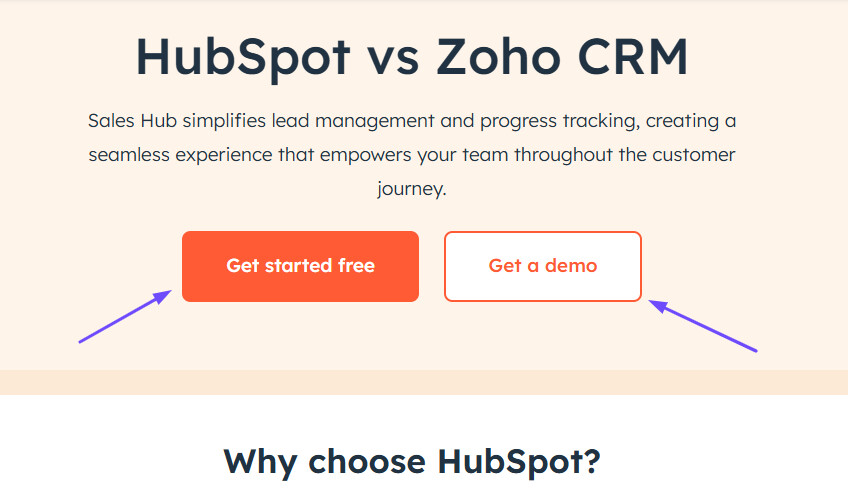
The first example is from HubSpot on the topic Hubspot vs. Zoho CRM. This is an SEO landing page copy that ranks for the target keyword Hubspot vs. Zoho CRM. It has a clear conversion goal and is written strategically with SEO-optimized content to rank for the keyword.
2. WordStream
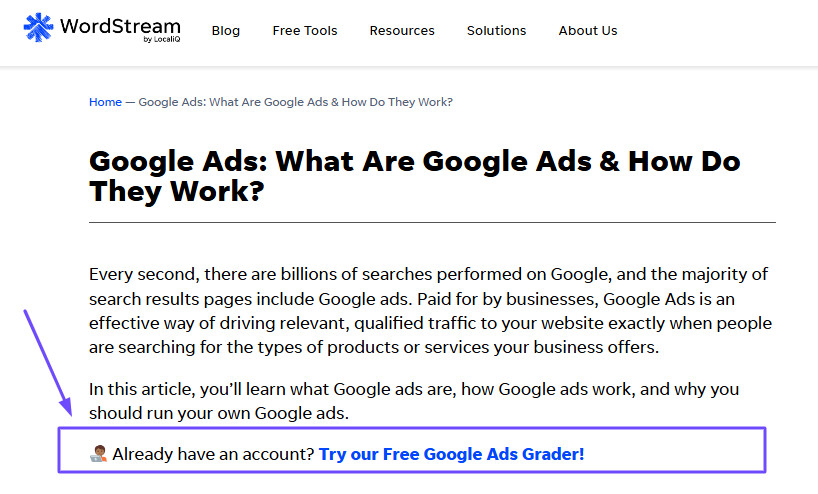
WordStream blog posts are another great example of SEO copywriting. Their blog posts consistently rank for marketing and online advertising-related keywords.
As you can see in the above image, the post on: What are Google Ads and How Do They Work is written in a very simple way with a conversational tone. But at the same time, it also includes natural CTAs to WordStream tools.
3. Ahrefs
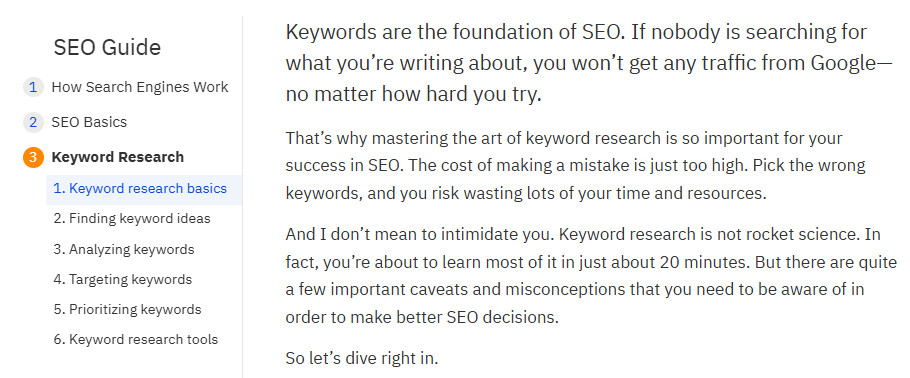
If you’re into SEO or Blogging, then you probably already know about Ahrefs. The given example is a blog post about How To Do Keyword Research.
Ahrefs is a popular keyword research tool. So they have targeted this keyword so that they can reach their ideal customers. It’s a great example of how content marketing works and how SEO copywriting plays a crucial role.
If you want to learn how to write professional yet simple and insightful content, their blog posts are really worth studying!
4. Backlinko
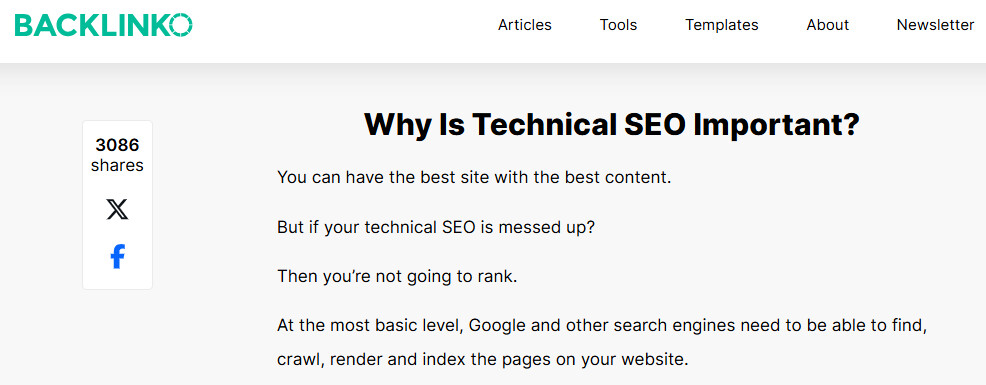
Backlinko is a popular digital marketing blog. This example blog post about What Is Technical SEO is a great example of SEO Copy. If you want to write highly engaging SEO blog posts then a great place to get started and learn all the SEO Copywriting techniques is Backlinko blog posts.
5. Copyblogger
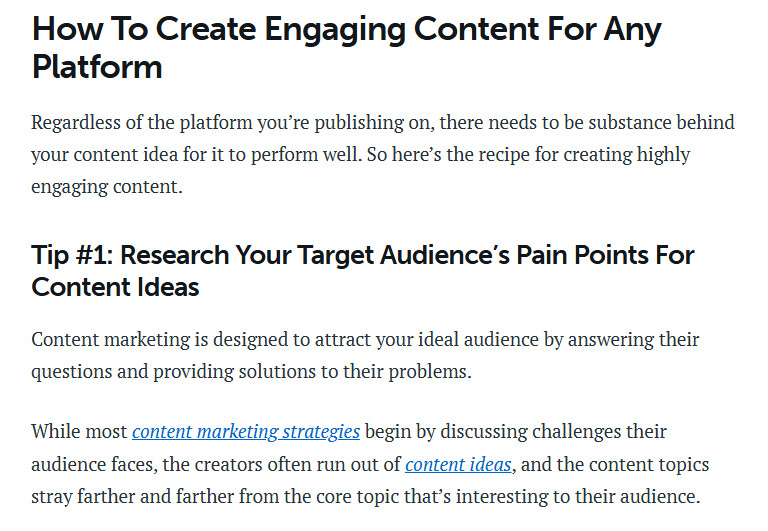
Like Backlinko, Copyblogger is another popular blog in the digital marketing space. Each of their blog posts is written with SEO and copywriting best practices in mind. The example blog post is about How To Create Engaging Content.
You can study their blog posts to learn how to write great headlines or engaging intros. You can also pick up lots of writing and formatting techniques like how to bold, and italicize certain words, how to maintain flow from one sentence to the next, where to add links or CTA (call to actions), and a lot more.
6. Freshworks

Now, here’s an SEO Copywriting example blog post from Freshworks post that ranks for the keyword Best Sales Software For Small Businesses. You can study how the post has been structured logically with all the insights, especially how relevant CTAs are added so that they can also get conversions for their brand.
7. Shopify
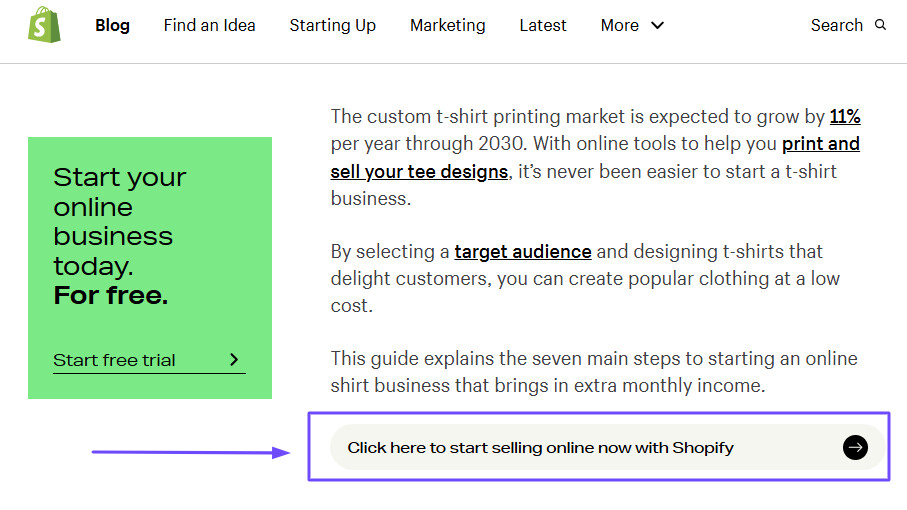
Shopify is a popular e-commerce brand that helps businesses sell their products online. The example blog post is about How To Start A T-Shirt Business.
As you can see they educate their ideal customers by targeting specific keywords they could be searching for and also how they add relevant CTAs throughout the post. It’s another great example of SEO Copywriting—a post that’s written with SEO and copywriting techniques—to rank as well as get conversions.
Why Is SEO Copywriting Important For Your Business?
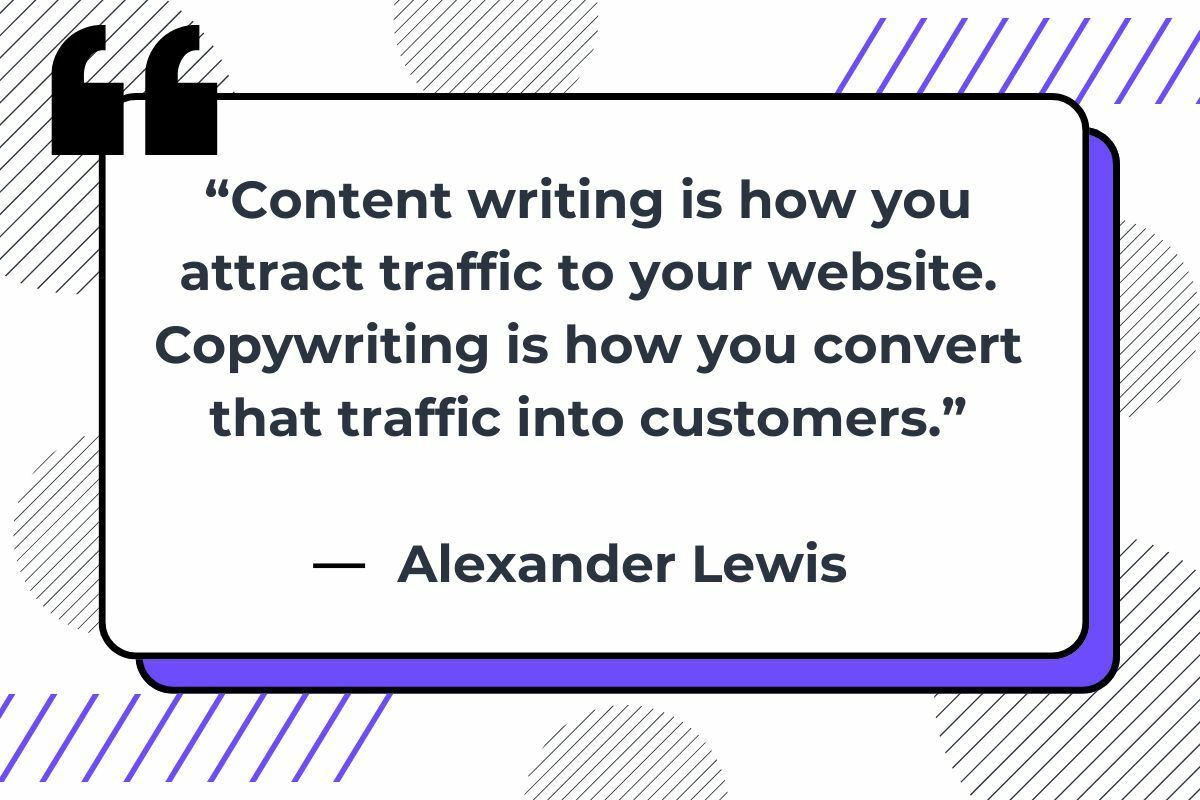
According to studies, 68% of online user experiences start off with a search engine. That means your customers are out there, actively searching, right now. They’re looking for answers, advice, and solutions.
But if your content isn’t optimized, they may never find you.
SEO copywriting helps:
-
Increase visibility: Ranking on the first page means more people see your content.
-
Attract targeted traffic: These visitors aren’t random. They’re looking for exactly what you offer.
-
Build authority: High-ranking, quality content builds trust. People are more likely to trust sites that appear at the top.
For example, let’s say run Google Ads and you want to reach customers who are struggling with their Google ads setup and conversions so that you can help them with your service. You write a guide helping people understand how to improve their Google ads conversions rate.
With SEO copywriting, you target keywords like “why are my google ads not converting?” So, when someone searches this, they find your content, read it, and may even contact you for a consultation. That’s SEO copywriting in action—helping people find you when they need you most.
Here’s an example blog post from Grow My Ads that’s doing exactly that!
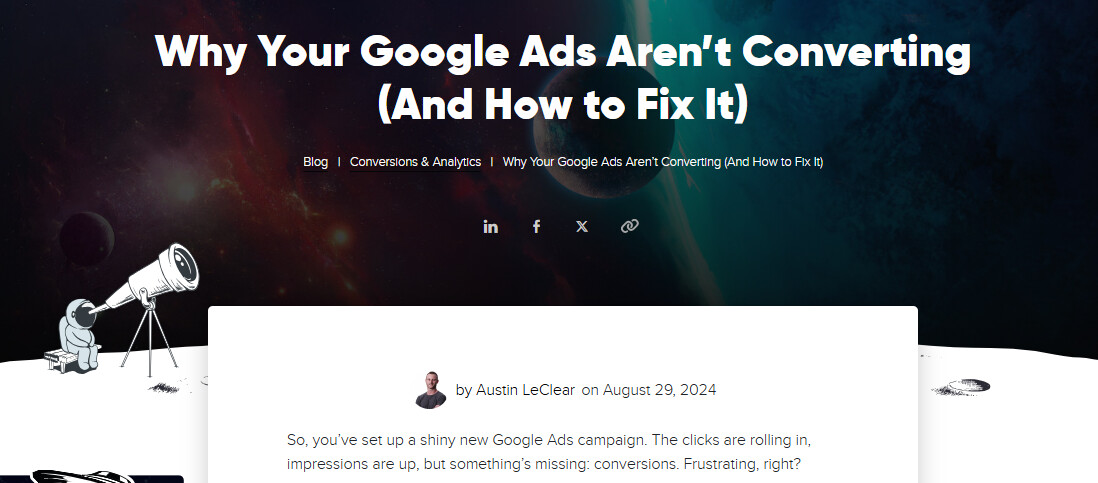
Pro Tip: Always write your content for one primary keyword and sprinkle in 2-3 related keywords naturally. This avoids keyword stuffing but keeps your content SEO optimized.
SEO Copywriting vs. Regular Copywriting
So, what makes SEO copywriting different from regular copywriting?
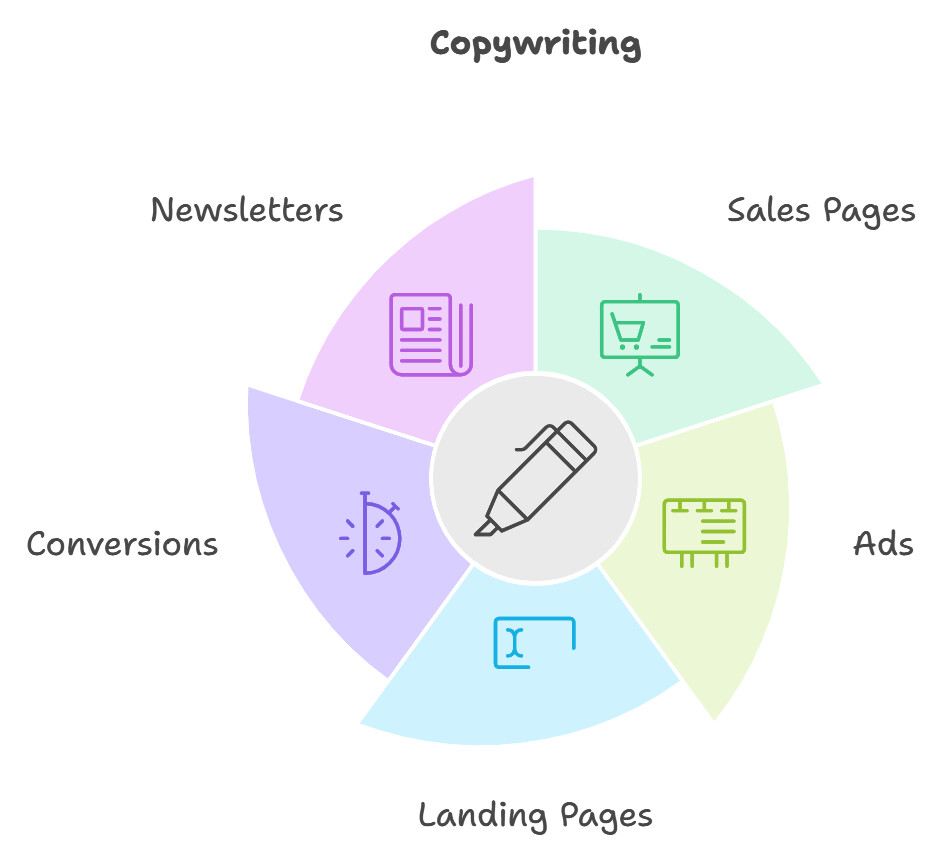
Regular Copywriting focuses on persuasion. Its goal is to connect, engage, and convert readers. It’s about writing compelling headlines, creating urgency, and leading readers to act. Think of ad copy or a social media post that makes you want to click.
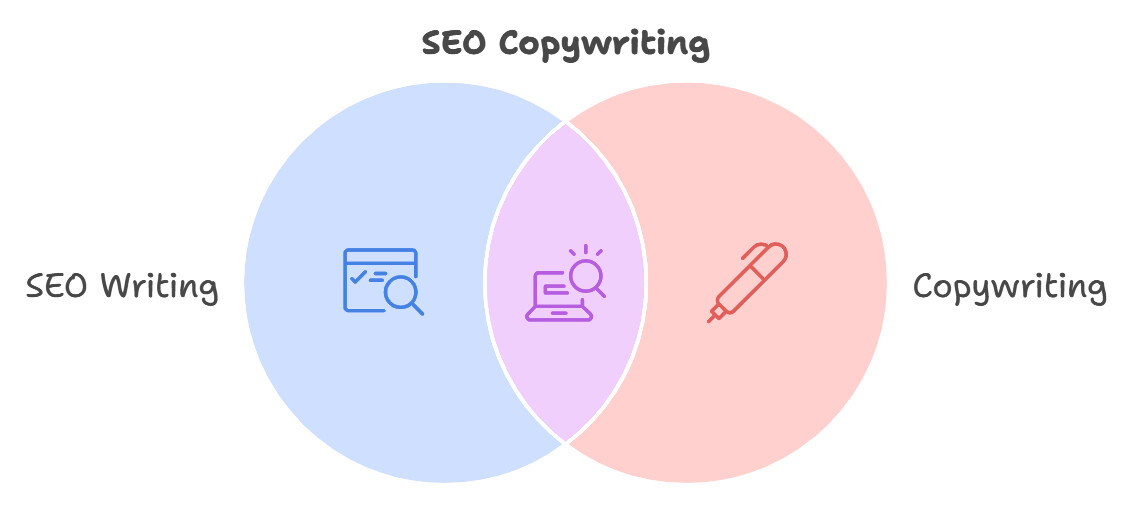
SEO Copywriting, on the other hand, is a mix of persuasion and search optimization. It includes everything you’d find in regular copywriting but adds keywords, metadata, and structure to make it search-friendly.
| Feature | Regular Copywriting | SEO Copywriting |
|---|---|---|
| Goal | Persuade or inform | Persuade, inform, and rank on search engines |
| Keyword Focus | Not prioritized | Central focus |
| Content Length | Shorter, usually 300–500 words | Longer, 800+ words to cover keywords deeply |
| Tone | Highly engaging | Engaging with SEO structure |
Pro Tip: If you’re doing SEO copywriting, aim for 800 to 1,200 words for most blog posts. Why? This length gives you enough space to add keywords naturally, cover the topic thoroughly, and increase time on the page—a factor that search engines really like.
Related Read: Copywriting vs. SEO Writing
Essential Elements Of Effective SEO Copywriting
SEO copywriting has a few critical ingredients. Miss one, and the content may not perform as well. Nail all of them, though, and you’re setting yourself up for high rankings and better engagement. Let’s break down these key elements:
Keyword Research
Keyword research is where it all starts. This is about finding the words and phrases people use to find content like yours. Think of it as understanding what people are asking Google. The better you know these keywords, the better your chances of ranking.
For a quick start:
-
Use tools like Ahrefs, or SEMRush. These tools reveal how often people search for specific terms.
-
Look for a balance between high search volume and low competition. You want keywords that people are searching but that not everyone is using.
Pro Tip: Focus on long-tail keywords (3-5 words). These keywords—like "why google ads not converting" instead of just "google ads"—are more specific and often easier to rank for.
User Intent
User intent is why someone is searching. Are they looking to buy? Learn? Compare products?
Understanding user intent is crucial because it tells you what your reader needs. And if your content doesn’t satisfy that need, they’ll bounce—and Google notices that. There are three main types of user intent:
| Intent Type: | Overview: |
|---|---|
| Informational | They want answers |
| Navigational | They are looking for a specific site |
| Transactional | They are ready to buy |
But beyond this basic categorization, search intent is about understanding what your target reader actually wants to know, what are their specific problems as they are searching for that query, and just writing a very detailed post covering all their questions, and problems.
When you’re writing, aim to match your content with the user's intent. If it’s informational, focus on educating. If it’s transactional, include clear calls to action (CTAs) that guide them toward the next step.
Pro Tip: Check out the first page of Google for your target keyword. See what types of content (blog posts, product pages, guides) are ranking. This helps you understand what searchers—and Google—want.
Content Structure
A well-structured seo copy helps search engines and readers understand your content better.
Here’s a basic structure to follow:
-
Headings and Subheadings (H1, H2, H3): Organize content so readers can skim. Each subheading should reflect a new section.
-
Meta Descriptions: This is the short summary that appears on search results. Make it persuasive—describe what’s in the article and why it’s worth clicking.
-
Bulleted Lists and Short Paragraphs: These make the content more digestible. Bullet points are great for highlighting key points.
With SEOWriting, you can auto-generate optimized headings and meta descriptions based on the target keywords you’ve chosen. This saves time and ensures your content is formatted to perform.
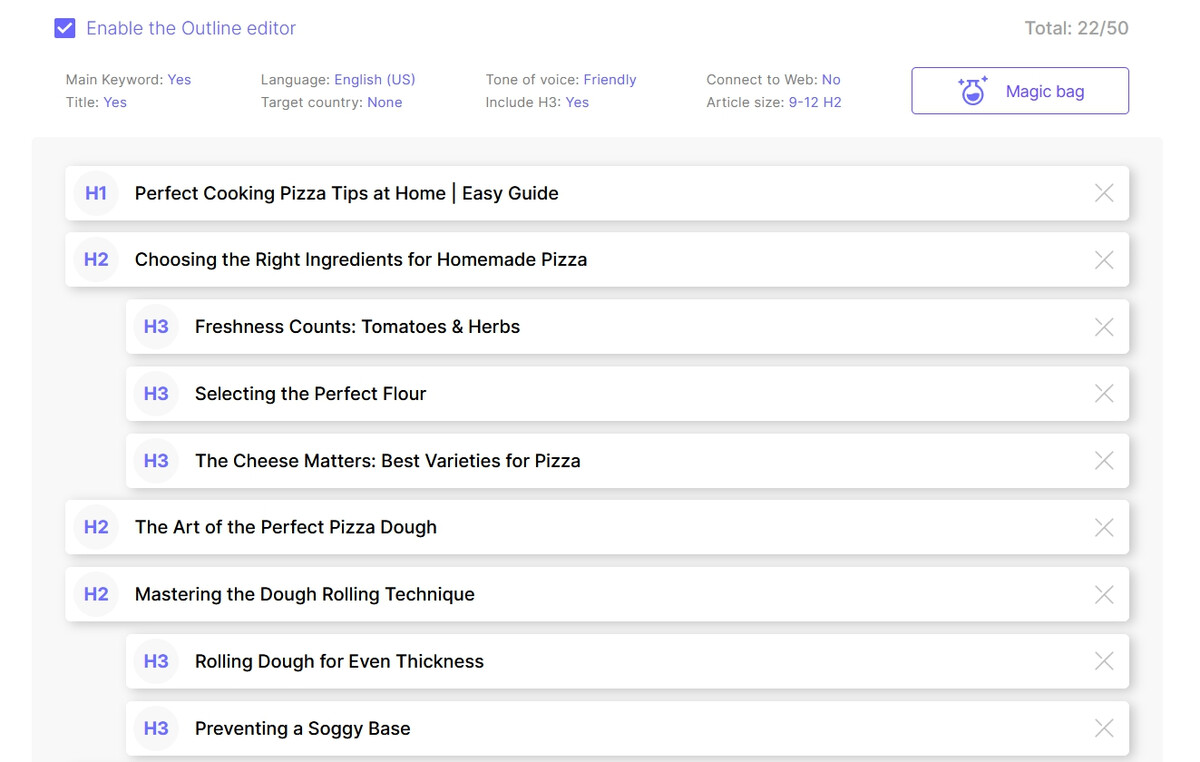
High-Quality, Engaging Writing
Let’s face it—SEO copywriting can’t just be keywords strung together. It has to be engaging. Google rewards content that readers actually spend time on. So, make your content enjoyable and easy to read.
-
Use short paragraphs. It keeps readers interested.
-
Write in a conversational tone—like talking to a friend.
-
Add examples, stats, or even stories to make points clear and relatable.
Engaging writing isn’t just about readability. It’s about giving readers real value. If they leave feeling they’ve learned something useful, they’ll keep coming back.
Calls To Action (CTAs)
CTAs tell readers what to do next. In SEO copywriting, they’re essential for converting traffic into leads or sales.
When writing CTAs:
-
Be clear and specific: Instead of “Click here,” say “Get your free e-book.”
-
Keep it relevant: The CTA should match the content’s purpose. For example, if you’re writing about budgeting, a CTA might be, “Download our free budget planner.”
-
Use action verbs: Words like “Get,” “Download,” “Start,” or “Learn” prompt readers to act.
Step-By-Step Guide: How To Start SEO Copywriting
Ready to get started? Here’s a step-by-step guide that’ll help you master the basics of SEO copywriting.
Step 1: Choose Your Topic And Main Keywords
The first step is to choose a topic and identify your main keyword. The SEO keyword should align with what your target audience is looking for.
Tips for choosing keywords:
-
Use tools like Semrush or Ahrefs to find keywords related to your topic.
-
Aim for keywords with a monthly search volume of 100-1,000 if you're just starting out—this balance makes it easier to rank.
Step 2: Understand Your Audience And Their Intent
Ask yourself: What does my reader want to know or do with this content?
This step is about understanding the needs of your audience. Research their pain points, desires, and questions. To do this:
-
Check online forums or social media related to your topic.
-
Look at Google’s People Also Ask section for your keyword.
Matching your content to their intent—whether it’s informational or transactional—helps you write content that connects. It’s all about giving readers what they’re looking for.
Step 3: Outline And Structure Your Content
Good SEO copywriting has a clear structure. This helps readers and search engines understand the flow.
When outlining:
-
List out your headings and subheadings. These should align with the points you plan to cover.
-
Arrange content logically: Introduction, main points, and conclusion.
-
Include bullet points or numbered lists where you can. Readers appreciate skimmable sections.
An organized outline also keeps you on track while writing, so you’re less likely to stray off-topic.
Step 4: Write With SEO In Mind
Once you have your outline, it’s time to write—but don’t just stuff in keywords. Here’s how to write naturally and optimize:
-
Use your main keyword in the title and first paragraph.
-
Sprinkle in related keywords throughout. Aim to keep it natural—keyword stuffing hurts readability.
-
Use short paragraphs and a conversational tone to keep it engaging.
Step 5: Optimize For Readability And Engagement
Readers will spend more time on content that’s easy to read. And Google pays attention to this.
To enhance readability:
-
Keep paragraphs short—2-3 sentences max.
-
Use subheadings to break up content.
-
Add bold or italics for emphasis.
Engagement is about adding value. Give readers tips, examples, and insights that leave them feeling they’ve gained something useful.
Step 6: Edit And Check SEO Metrics
Before publishing, it’s time to edit. This isn’t just about spelling errors; it’s about SEO metrics too.
-
Check keyword density: Aim for about 1-2% for your main keyword.
-
Readability: Use a tool like the Hemingway app to check that it’s clear and concise.
-
Optimize the meta description: Write a compelling summary with your keyword.
Related Read: Top SEO Copywriting Tips For Beginners
Why Use SEOWriting For SEO Copywriting?
Creating SEO-optimized content can take time and effort.
This is where SEOWriting comes in.

SEOWriting is designed to make SEO copywriting quicker and easier. With AI-powered suggestions and built-in tools, it helps you optimize content without spending hours on research or formatting.
Just input the keyword, choose your preferred settings like brand voice, readability, and structure, and click the run button, that’s it!
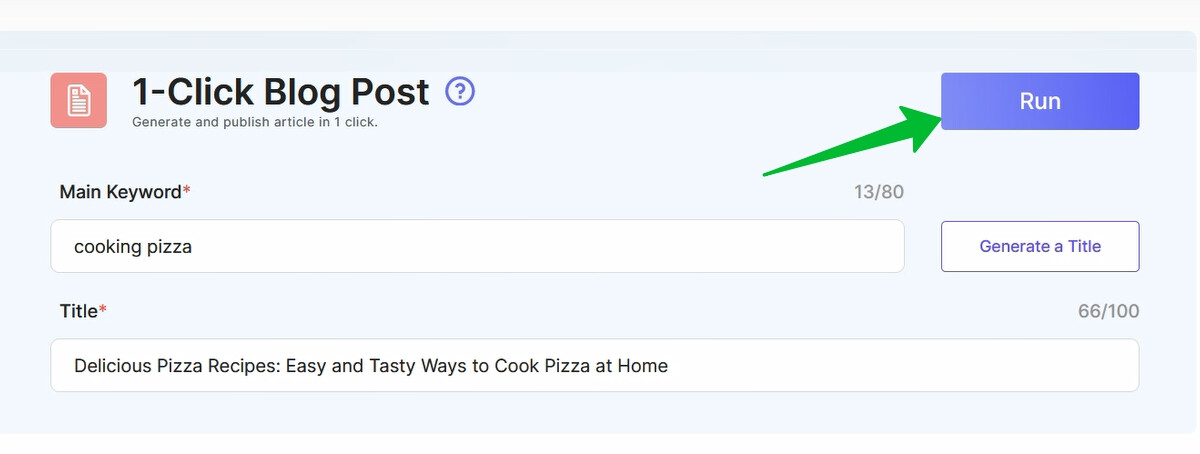
Within a few minutes, you'll have a fully SEO optimized blog post ready to go live with automatic internal links, external links, AI images, and even YouTube videos with well-formatted SEO blog content.

And if you’ve got a WordPress blog, you can directly auto-post it to your site. No need to copy and paste separately. A huge time saver and workflow speed enhancer.
Common Mistakes To Avoid In SEO Copywriting
Now, let’s look at some common mistakes to avoid in SEO Copywriting:
Keyword Stuffing And Unnatural Phrasing
When people first start SEO copywriting, they often overload their content with keywords. This is called keyword stuffing, and it actually hurts your rankings. Google’s algorithms catch onto this and penalize sites for trying to “trick” the system.
Overlooking Readability And User Experience
SEO is about more than keywords. It’s also about readability. If your content is hard to read, people won’t stick around. This increases your “bounce rate,” a signal to Google that your content isn’t valuable.
To avoid this, keep paragraphs short and use clear headings.

SEOWriting’s readability feature ensure your content remains easy to read for everyone and actually sounds natural, just like human written content.
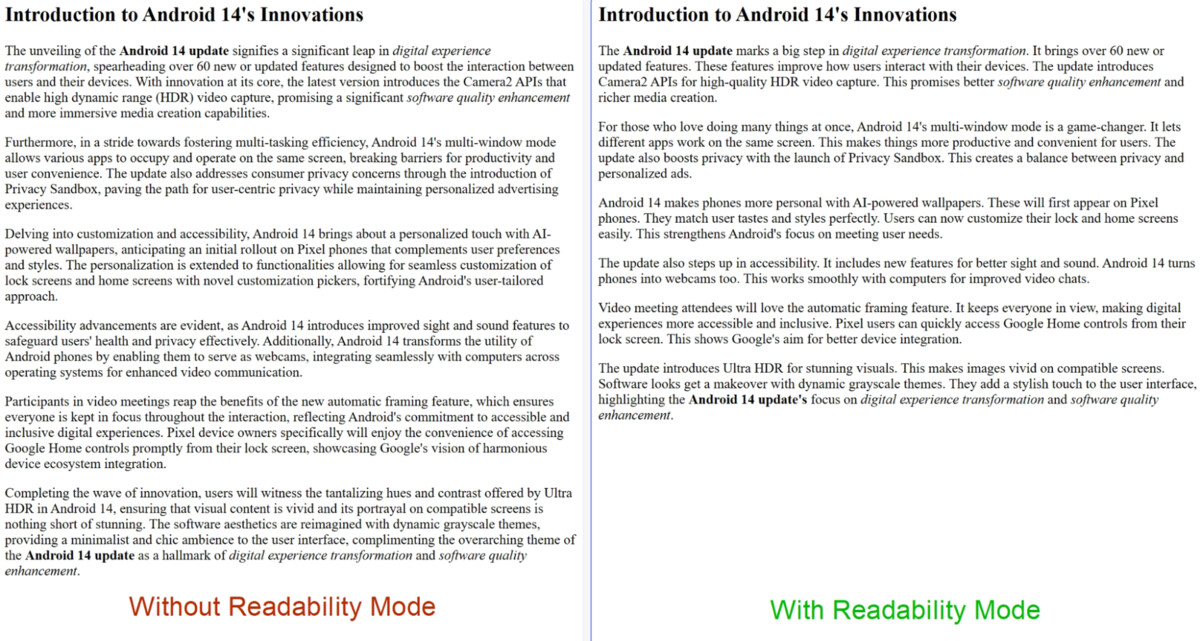
Not Aligning Content With User Intent
Remember, user intent drives SEO. If your content doesn’t meet the reader’s needs, they’ll leave quickly. This signals to search engines that your content isn’t answering the searcher’s question.
Related Read: Best Tools For SEO Copywriting
Final Thoughts
SEO copywriting is essential for content that ranks and resonates.
From keyword research to structuring your content and optimizing for readability, each step plays a role in driving organic traffic and conversions.
And with tools like SEOWriting, the process becomes easier, letting you focus on delivering quality without the extra time and hassle.
SEO copywriting requires a balance. You’re writing for both the reader and the search engine, and both need attention. When done well, SEO copywriting attracts your target audience, provides them with value, and encourages them to take action. That’s a win for both your readers and your business.
Ready to start optimizing your content? Get started with SEOWriting for free!
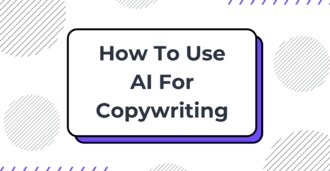


Write 10X Faster With AI-Powered Content
Create SEO-optimized articles in 15 minutes instead of 5 hours. Join 50,000+ content creators who generate content that ranks on top positions on Google. Save up to 80% of your time while getting 2X better results.
Try for Free →
